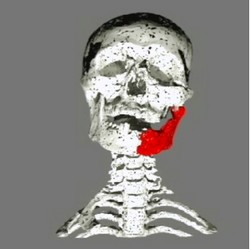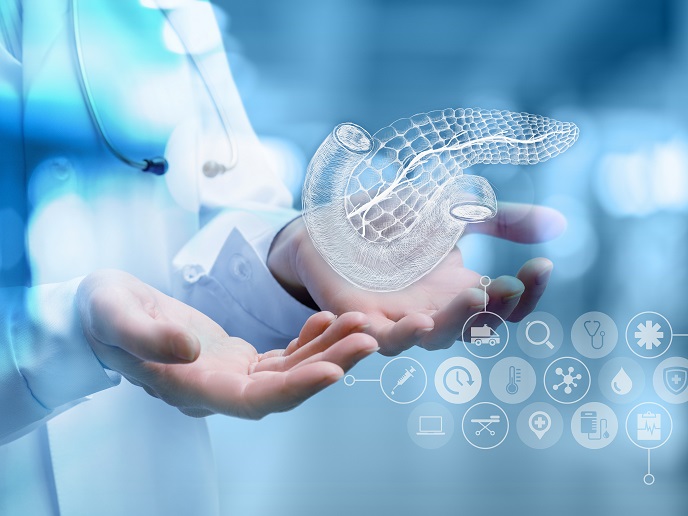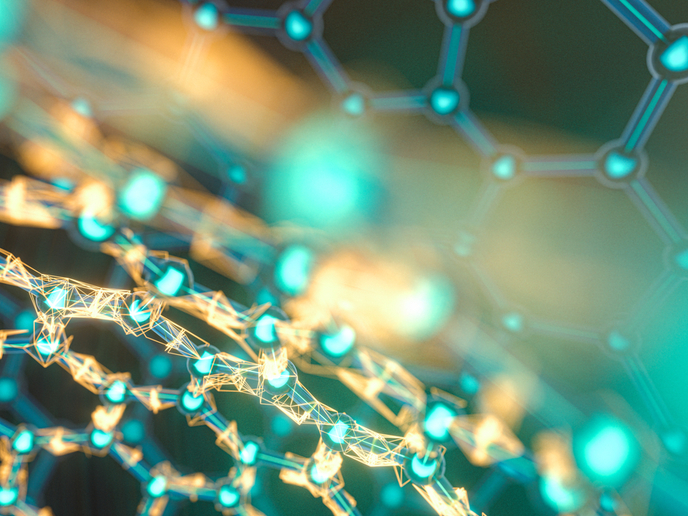Customised bone tissue regeneration
Major bottlenecks for successful generation of customised bioactive scaffolds that promote tissue regeneration include interfacing medical imaging with computer-aided design (CAD) and computer-aided manufacturing (CAM). Another two issues are finding suitable scaffold materials that promote bone growth and affordably manufacturing such individualised scaffolds. Researchers of the BIO-SCAFFOLDS (Natural inorganic polymers and smart functionalized micro-units applied in customized rapid prototyping of bioactive scaffolds) project developed methodologies as well as several innovative bone regeneration scaffold materials. BIO-SCAFFOLDS successfully utilised 3D bio-printing of bone-forming cells to encapsulate them in biosilica- or polyphosphate-based alginate hydrogels. Smart microunits consisting of nanopowder with microchannels for nutrient delivery were incorporated into the scaffolds. Rapid prototyping techniques such as additive manufacturing and subtractive fabrication were employed for producing customised scaffolds via CAD/CAM processes. A first of its kind, the team produced morphogenetically active scaffolds that promoted bone growth and remodelling while being biocompatible and biodegradable in in vitro and in vivo tests. A novel calcium polyphosphate material enabled researchers to incorporate adjustable hardness in their bio-printed scaffolds. Moreover, the hydroxyapatite-based microunits and nanopowders obviated the need for exogenous growth factors or cytokines to facilitate bone remodelling. Another feather in their cap, researchers developed an imaging system for planning, implementing and monitoring the entire surgical implantation process. This system includes a communication interface with commercial hospital PACS servers, a 3D voxel-based modelling software, CAD functionality and file formats for CAM processes. New patent applications have been made, adding to the existing patent portfolio of the project partners. Results were disseminated via over 30 publications in high-impact journals, summer schools, workshops, a book on biomedical inorganic polymers, and presentations at international and national conferences and business fairs (see also article published in Horizon Magazine of the European Commission(opens in new window) on 2 April 2014). Advanced bone repair products are urgently needed in ageing societies of developed countries. BIO-SCAFFOLDS has demonstrated the feasibility and enhanced biological performance of biosilica- or polyphosphate-coated 3D scaffolds. Such customised implants could heal traumatic or osteoporotic bone fractures and also be adapted for dental applications.







